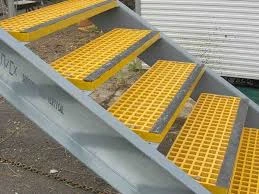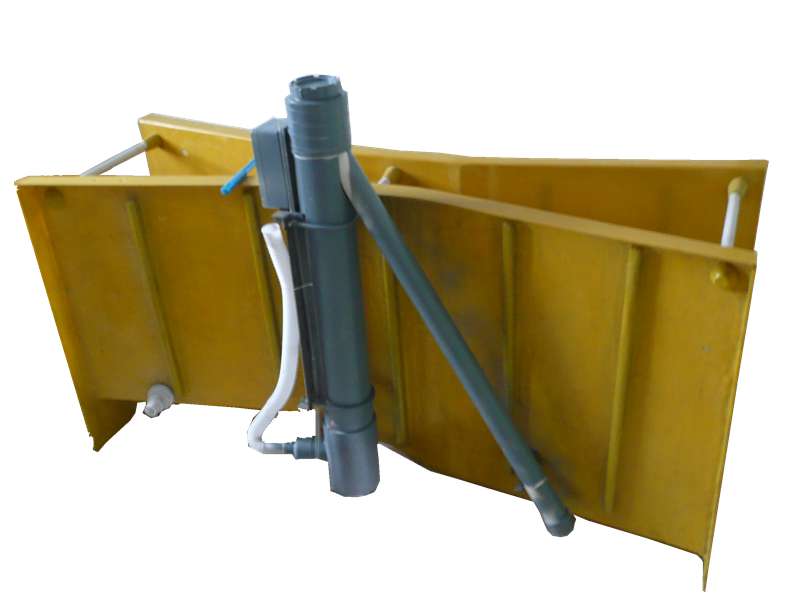
-
 Afrikaans
Afrikaans -
 Albanian
Albanian -
 Amharic
Amharic -
 Arabic
Arabic -
 Armenian
Armenian -
 Azerbaijani
Azerbaijani -
 Basque
Basque -
 Belarusian
Belarusian -
 Bengali
Bengali -
 Bosnian
Bosnian -
 Bulgarian
Bulgarian -
 Catalan
Catalan -
 Cebuano
Cebuano -
 China
China -
 China (Taiwan)
China (Taiwan) -
 Corsican
Corsican -
 Croatian
Croatian -
 Czech
Czech -
 Danish
Danish -
 Dutch
Dutch -
 English
English -
 Esperanto
Esperanto -
 Estonian
Estonian -
 Finnish
Finnish -
 French
French -
 Frisian
Frisian -
 Galician
Galician -
 Georgian
Georgian -
 German
German -
 Greek
Greek -
 Gujarati
Gujarati -
 Haitian Creole
Haitian Creole -
 hausa
hausa -
 hawaiian
hawaiian -
 Hebrew
Hebrew -
 Hindi
Hindi -
 Miao
Miao -
 Hungarian
Hungarian -
 Icelandic
Icelandic -
 igbo
igbo -
 Indonesian
Indonesian -
 irish
irish -
 Italian
Italian -
 Japanese
Japanese -
 Javanese
Javanese -
 Kannada
Kannada -
 kazakh
kazakh -
 Khmer
Khmer -
 Rwandese
Rwandese -
 Korean
Korean -
 Kurdish
Kurdish -
 Kyrgyz
Kyrgyz -
 Lao
Lao -
 Latin
Latin -
 Latvian
Latvian -
 Lithuanian
Lithuanian -
 Luxembourgish
Luxembourgish -
 Macedonian
Macedonian -
 Malgashi
Malgashi -
 Malay
Malay -
 Malayalam
Malayalam -
 Maltese
Maltese -
 Maori
Maori -
 Marathi
Marathi -
 Mongolian
Mongolian -
 Myanmar
Myanmar -
 Nepali
Nepali -
 Norwegian
Norwegian -
 Norwegian
Norwegian -
 Occitan
Occitan -
 Pashto
Pashto -
 Persian
Persian -
 Polish
Polish -
 Portuguese
Portuguese -
 Punjabi
Punjabi -
 Romanian
Romanian -
 Russian
Russian -
 Samoan
Samoan -
 Scottish Gaelic
Scottish Gaelic -
 Serbian
Serbian -
 Sesotho
Sesotho -
 Shona
Shona -
 Sindhi
Sindhi -
 Sinhala
Sinhala -
 Slovak
Slovak -
 Slovenian
Slovenian -
 Somali
Somali -
 Spanish
Spanish -
 Sundanese
Sundanese -
 Swahili
Swahili -
 Swedish
Swedish -
 Tagalog
Tagalog -
 Tajik
Tajik -
 Tamil
Tamil -
 Tatar
Tatar -
 Telugu
Telugu -
 Thai
Thai -
 Turkish
Turkish -
 Turkmen
Turkmen -
 Ukrainian
Ukrainian -
 Urdu
Urdu -
 Uighur
Uighur -
 Uzbek
Uzbek -
 Vietnamese
Vietnamese -
 Welsh
Welsh -
 Bantu
Bantu -
 Yiddish
Yiddish -
 Yoruba
Yoruba -
 Zulu
Zulu
Jan . 14, 2025 11:24
Back to list
grp storage tank
Glass Reinforced Plastic (GRP) storage tanks have revolutionized the storage solutions industry with their durability, versatility, and cost-effectiveness. GRP, a type of composite material, is known for its exceptional strength and resistance to environmental factors, making it an ideal choice for a wide range of storage applications. This article delves into the unique qualities that make GRP storage tanks a leading choice for industries worldwide, backed by real-world experiences and expert insights.
Authoritativeness in the realm of GRP storage tanks is demonstrated by their widespread acceptance across various industries and compliance with international standards. These tanks are often certified by global regulatory bodies, affirming their quality and safety. Industries trust GRP tanks not just because they meet regulatory requirements but also because they are backed by years of research and development. The continual advancements in composite technology underline the authority GRP storage tanks hold within the storage solutions market. Trustworthiness is perhaps the most significant factor contributing to the growing adoption of GRP storage tanks. Real-world case studies reveal that businesses have witnessed a substantial reduction in total cost of ownership, thanks largely to the minimal maintenance required and the extended service life of the tanks. The long-term reliability of GRP tanks instills confidence among users, who rely on them for critical storage applications that demand unparalleled consistency and performance. In conclusion, GRP storage tanks represent a significant leap forward in storage technology, combining expertise, authority, and trust. Their robust design and adaptability make them a superior choice for industries seeking sustainable and efficient storage solutions. As more businesses share positive experiences, and as innovations in GRP technology continue to unfold, it is evident that GRP storage tanks will remain at the forefront of industrial storage options for years to come.


Authoritativeness in the realm of GRP storage tanks is demonstrated by their widespread acceptance across various industries and compliance with international standards. These tanks are often certified by global regulatory bodies, affirming their quality and safety. Industries trust GRP tanks not just because they meet regulatory requirements but also because they are backed by years of research and development. The continual advancements in composite technology underline the authority GRP storage tanks hold within the storage solutions market. Trustworthiness is perhaps the most significant factor contributing to the growing adoption of GRP storage tanks. Real-world case studies reveal that businesses have witnessed a substantial reduction in total cost of ownership, thanks largely to the minimal maintenance required and the extended service life of the tanks. The long-term reliability of GRP tanks instills confidence among users, who rely on them for critical storage applications that demand unparalleled consistency and performance. In conclusion, GRP storage tanks represent a significant leap forward in storage technology, combining expertise, authority, and trust. Their robust design and adaptability make them a superior choice for industries seeking sustainable and efficient storage solutions. As more businesses share positive experiences, and as innovations in GRP technology continue to unfold, it is evident that GRP storage tanks will remain at the forefront of industrial storage options for years to come.
Next:
Related Products









